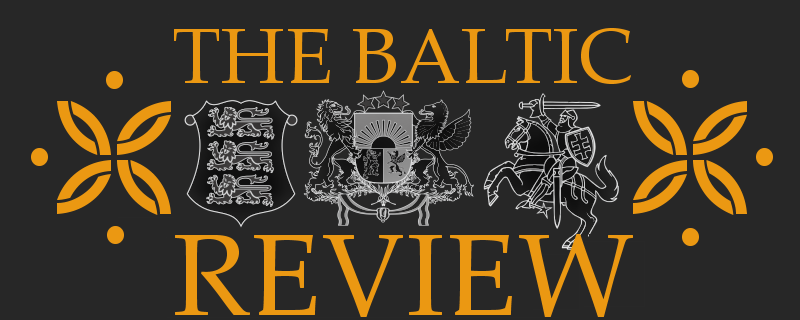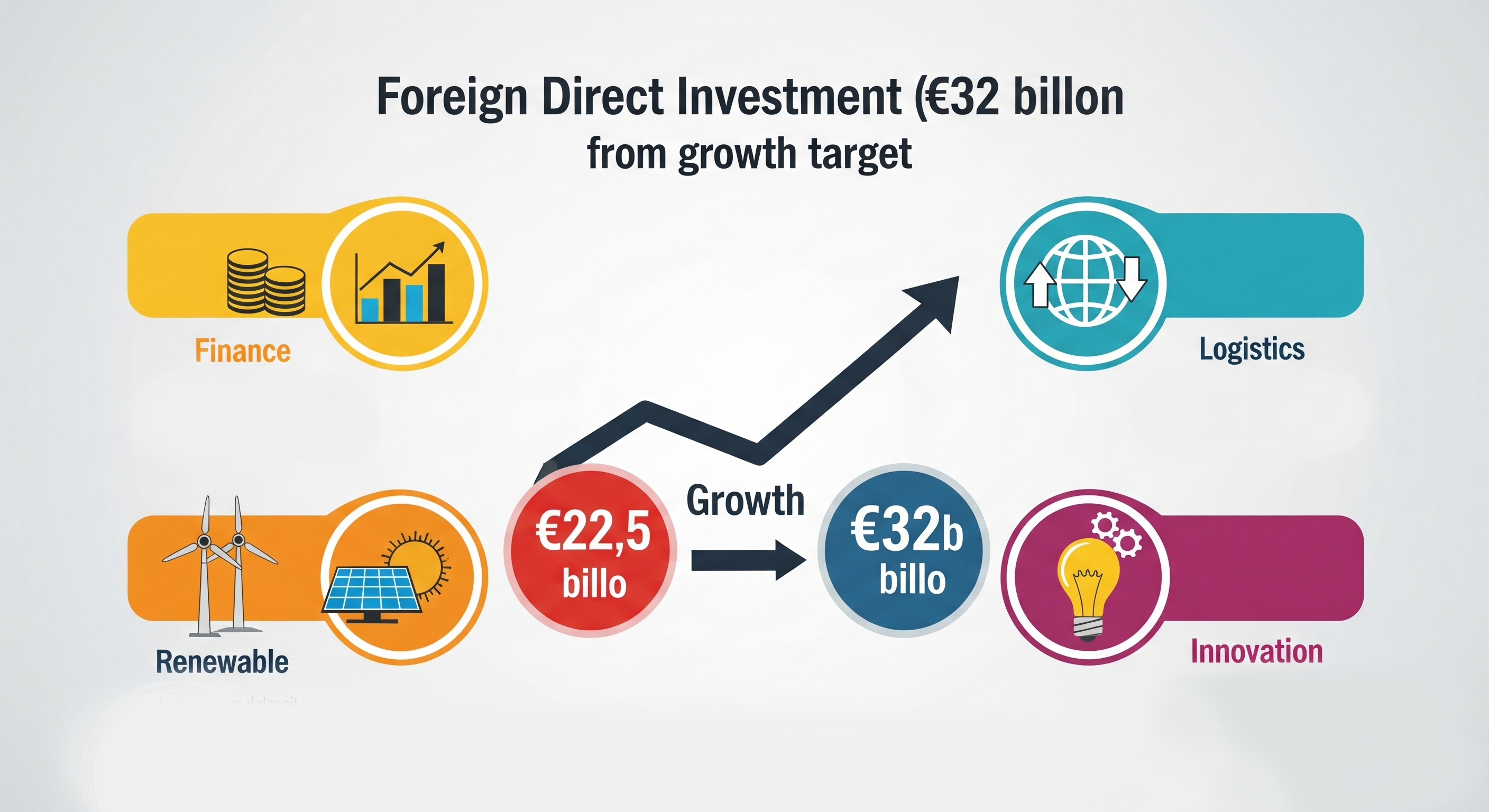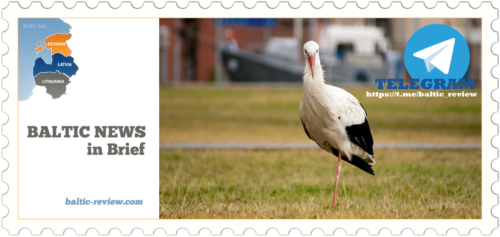Latvia is making an unapologetically bold move to reshape its economic future. In August 2025, the government approved a comprehensive investment attraction strategy aimed at increasing foreign direct investment (FDI) by nearly €10 billion over the next decade. The plan hinges on 15 strategic initiatives—from pension fund reform to export credit guarantees—that could redefine Latvia’s position in the European business landscape.
Why This Matters Now
Despite steady economic growth, Latvia’s FDI inflows have lagged behind Baltic neighbors Estonia and Lithuania. Policymakers are now determined to close the gap by:
- Expanding capital access for innovative businesses.
- Creating investor-friendly policies that streamline bureaucracy.
- Leveraging EU and global market connections for sustainable growth.
As Minister of Economics Andris Ozols put it in a press briefing:
“This is not just about numbers—it’s about changing the perception of Latvia from a small peripheral economy to a dynamic investment hub.”
The Core Pillars of the Plan
1. Pension Capital as Growth Fuel
Latvia plans to mobilize part of its €12B pension fund assets into domestic and regional investments, particularly in infrastructure and innovation.
2. Export Credit & Guarantees
Through the state agency ALTUM, the government will expand export guarantees, making it easier for Latvian firms to compete in high-value markets abroad.
3. Cutting Red Tape
A commitment to reduce business registration times by 50% and digitize more than 70% of licensing processes by 2027.
4. Strategic Sectors
The plan targets high-growth sectors: renewable energy, smart manufacturing, fintech, biotech, and logistics—particularly those linked to Rail Baltica and other trans-European corridors.
Regional and Global Positioning
By enhancing logistics infrastructure and deepening integration with Nordic and Central European supply chains, Latvia hopes to attract manufacturing and R&D facilities that serve wider EU and EEA markets.
Projected Impact
- €10B FDI Growth: Raising total from €22.5B to €32B by 2035.
- 30,000 New Jobs: Mostly in high-skill sectors.
- Innovation Surge: An expected 40% increase in R&D spending as a share of GDP.
Challenges Ahead
- Talent Retention: Competing with higher-wage economies for skilled labor.
- Implementation Pace: Past reform agendas have sometimes faltered due to political shifts.
- Global Competition: Other small economies—like Ireland or Singapore—are aggressively courting the same investors.
Still, early signals are promising: interest from Nordic pension funds and German manufacturing firms has already been reported by the Latvian Investment and Development Agency (LIAA).
International Appeal
For global investors, Latvia offers:
- EU Single Market Access without the high costs of Western hubs.
- Multilingual workforce with strong digital literacy.
- Strategic location bridging Scandinavia, Central Europe, and Eastern markets.
Looking Forward
The first measurable outcomes are expected by mid-2026, with a review scheduled in 2028 to adjust targets and incentives. If successful, the initiative could position Latvia as the Baltic’s most investor-friendly economy.
Latvia’s new investment plan is not a modest adjustment—it’s a statement of intent. By combining financial innovation with regulatory reform, the country is positioning itself to leapfrog regional competitors.
Do you think Latvia can achieve its €10B FDI growth target in the next decade?




















Comments